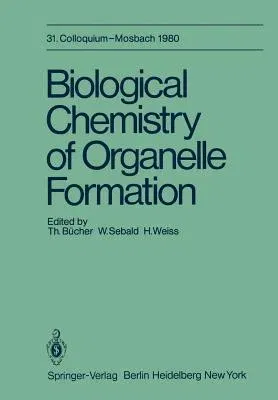Biological Chemistry of Organelle Formation: 31. Colloquium, 14.-19. April (Softcover Reprint of the Original 1st 1980)Paperback - Softcover Reprint of the Original 1st 1980, 22 December 2011

Qty
1
Turbo
Ships in 2 - 3 days
In Stock
Free Delivery
Cash on Delivery
15 Days
Free Returns
Secure Checkout
Part of Series
Colloquium Der Gesellschaft Für Biologische Chemie in Mosbac
Part of Series
Colloquium Der Gesellschaft F R Biologische Chemie in Mosbac
Part of Series
Colloquium Der Gesellschaft Fur Biologische Chemie in Mosbac
Print Length
254 pages
Language
English
Publisher
Springer
Date Published
22 Dec 2011
ISBN-10
3642815596
ISBN-13
9783642815591
Description
Product Details
Book Edition:
Softcover Reprint of the Original 1st 1980
Book Format:
Paperback
Country of Origin:
NL
Date Published:
22 December 2011
Dimensions:
24.41 x
16.99 x
1.45 cm
ISBN-10:
3642815596
ISBN-13:
9783642815591
Language:
English
Location:
Berlin, Heidelberg
Pages:
254
Publisher:
Series:
Weight:
435.45 gm

